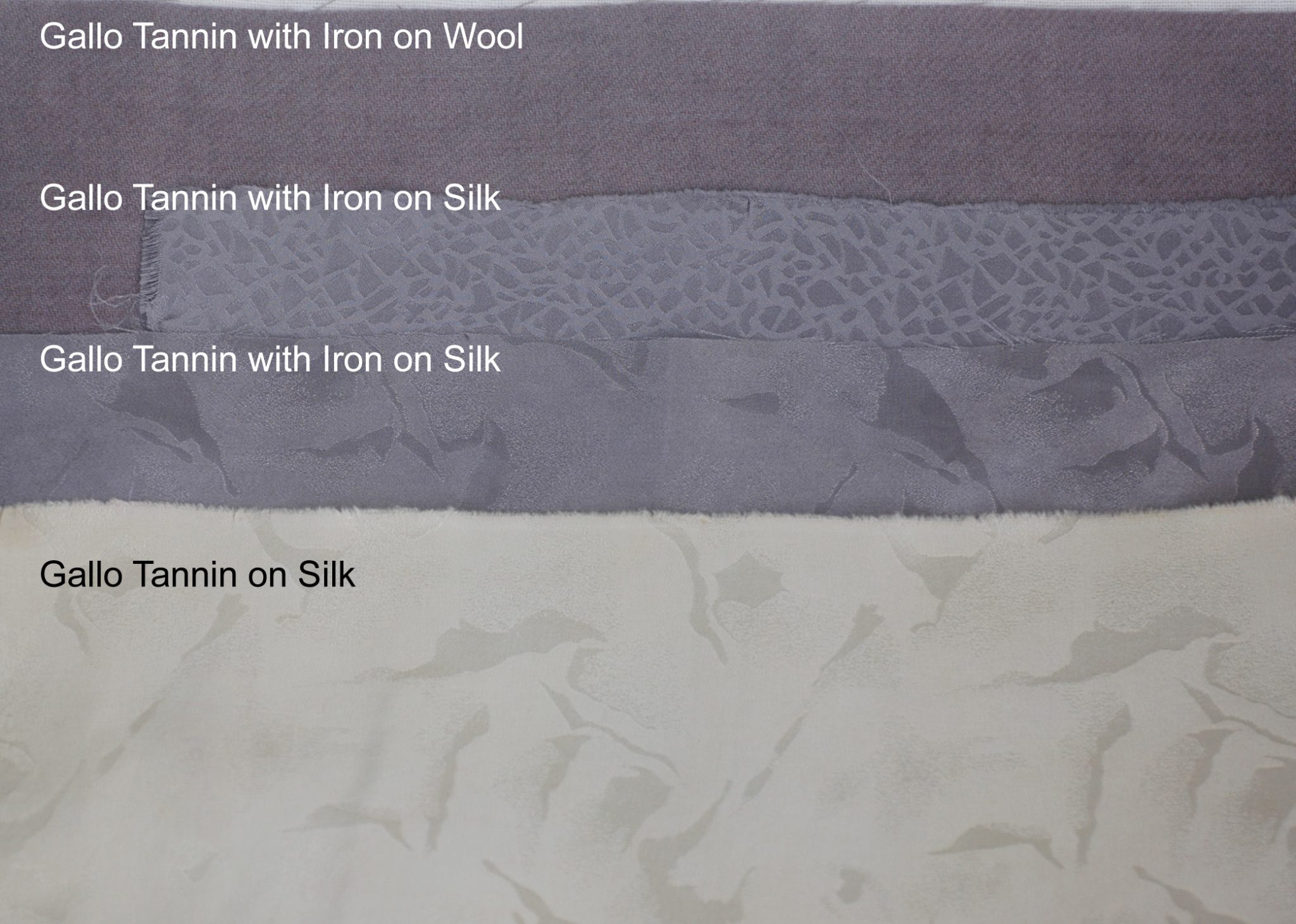Each week, we are emailed with questions from our natural dye community asking simple and complex questions that we thought might be worth sharing. Here are a handful from this week answered by natural dyer in chief, Kathy Hattori, Founder of Botanical Colors:
I just started natural dyeing and am wondering if you could suggest any books that might best guide me as a beginner?
I just tried to dye some upcycled white t-shirts for an Alabama Chanin project and had a major failure. I used tannin extract and iron powder. I was going for charcoal grey, but ended up with medium-light purple. I’m wondering if you have any ideas.
The light tannins and iron tend to shift purple in the dye bath. If you want to avoid this, add a little yellow, such as pomegranate or fustic to your dye bath and re-dye the fabric; it will get grayer. The purple also diminishes slightly once the fabrics are out of the dye pot and left to hang for a bit. Seems like the additional exposure to air helps develop the darker tone. Hang the shirts on hangers to avoid marks on the fabric.
You can also repeat the process (dye, remove, air, re-dye) and get darker shades. Adding another 1% of iron also darkens (and makes more purple). But again, a yellow dye (yellow + purple make gray) will help remove the purple cast to the color.
For very dark charcoal tones, logwood supplies the rich base that adds oomph to the gray shade. As a purple dye, you will definitely need to add between 2 to 5% of a yellow dye to offset the logwood color, and iron at 1% will help increase light and washfastness as well as serving to darken the hue.


